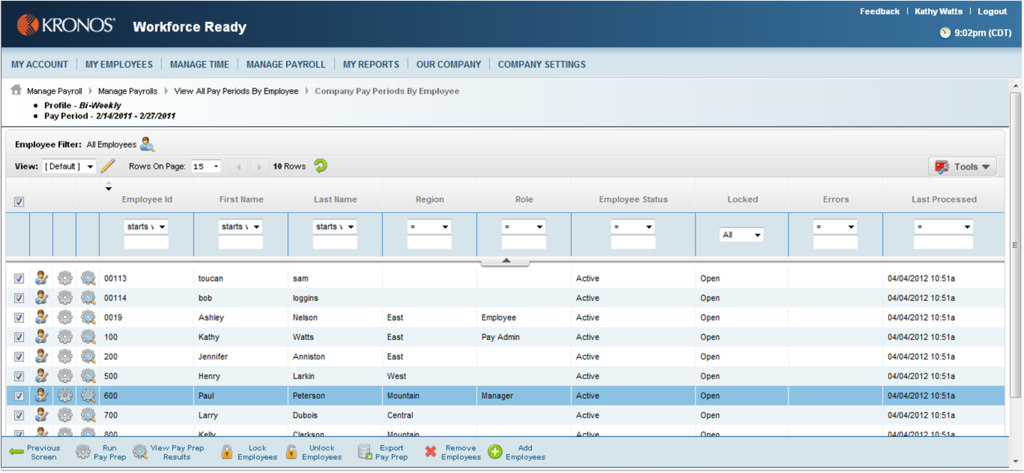

The paycheck amount gets directly deposited in the employee’s savings or checking account. Many employers pay their employees using direct deposit because it is convenient and easy for the employers and employees. The final section contains the net pay of the employee for the given pay frequency. Additional taxes (state wise deduction/benefits).The employee can find the number of deductions withheld from the gross pay. In this section, monthly gross pay and year to date columns are provided. In addition, the current pay period and year to date columns are also provided in this section. In this section, the total amount being paid, pay rate, pay period and gross pay.

In this section, the current tax filing details are mentioned such as marital status and exemption allowances for federal and state taxes. This section contain sensitive information of the employee such as employee ID, job designation, social security number, department number, pay period and pay date. This section contains the name and address of the employee. This section contains the name and address of the employer. The amount is deducted from every paycheck until and unless the entre debt is paid off or the alternate arrangement has been made in orders to pay the remaining debt by the employee.

401(k) / Registered Retirement Savings Plan – This plan may be provided by the employer to employee.It’s an optional deduction and if an employee wants to avail this benefit, the employer will deduct the premium from an employee’s paycheck. The policy premium is based on the employee’s salary or specific set amount. Generally, this is a limited form of life insurance and it’s inexpensive. Accidental Death & Dismemberment – This policy pay benefits to the beneficiary if the cause of death is an accident.This is a voluntary coverage and if employee wants to avail this insurance, the premium will be directly deducted from the paycheck. Dependent Life Insurance: This insurance provides financial security to the beneficiaries in case of loss of life of the employee.In case, your state or employer does not offer any disability insurance, you can purchase a plan based on your needs. Short term and long term disability insurance coverage changes according to different states and their tax laws. This insurance provides some percentage of salary. In this benefit, employee gets paid when an accident leaves them disabled, temporary or permanent. Short-Term & Long-Term Disability – This benefit totally depends on the employer and type of company.The premium of the policy is deducted from the paycheck, unless the employer is paying the premiums on behalf of the employee. In the event of death, the life insurance company provides money to the beneficiary, usually a relative. Life Insurance – This deduction is used if an employer provides the life insurance coverage.It is deducted at each payroll cycle or once in a month. Health Insurance – medical, dental and vision health insurance premiums are voluntary deductions but they cover the high cost of medical care, wherein employer may contribute partially to this program.Net Pay is the amount of money an employee receives on the payday after the deduction carried out by the employer. For example, if the employer agrees to pay an employee $24000 annually on a monthly pay frequency, the employee’s gross pay per paycheck will be $2000. Gross Pay is the amount without any deduction. The total amount agreed upon is called gross pay. What is the difference between Gross Pay and Net Pay?ĭuring the time of hiring, the employee will agree to be paid either annual salary or on hourly basis by the employer. Paycheck can be given in the form of a written check or direct deposit to the employee. It is a commitment of employer made with the employee when the employee was hired. Paycheck is issued by an employer to an employee for the compensation of their work. Difference between Gross Pay and Net Pay.benefits, deductions, check, and direct deposit. In this blog, we will try to help you understand the basics of paycheck i.e.

This blog is a part of our educational campaign on the occasion of National Payroll Week.


 0 kommentar(er)
0 kommentar(er)
